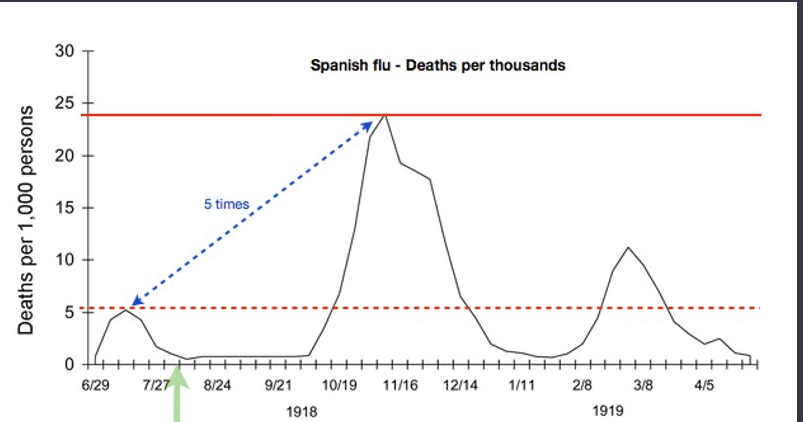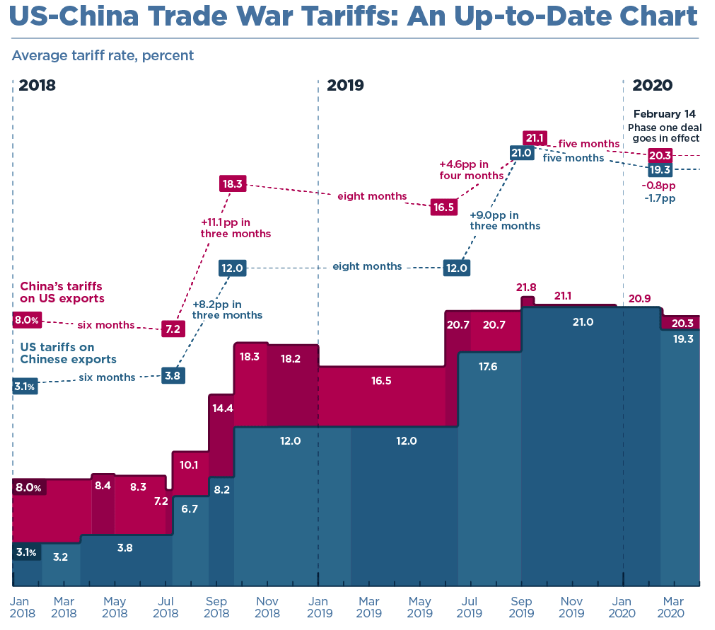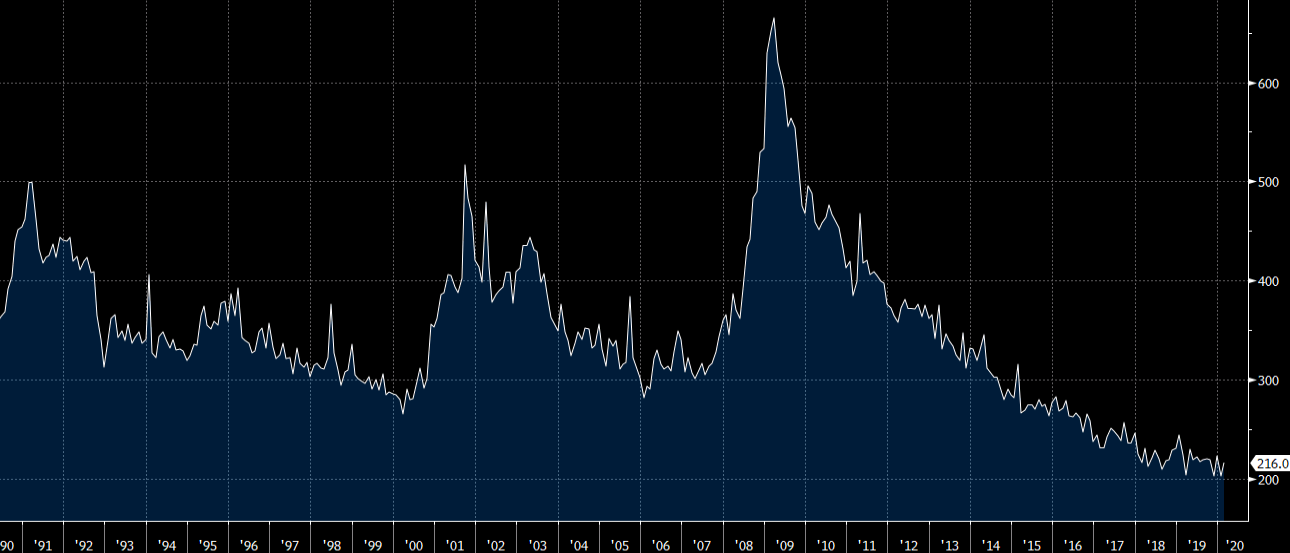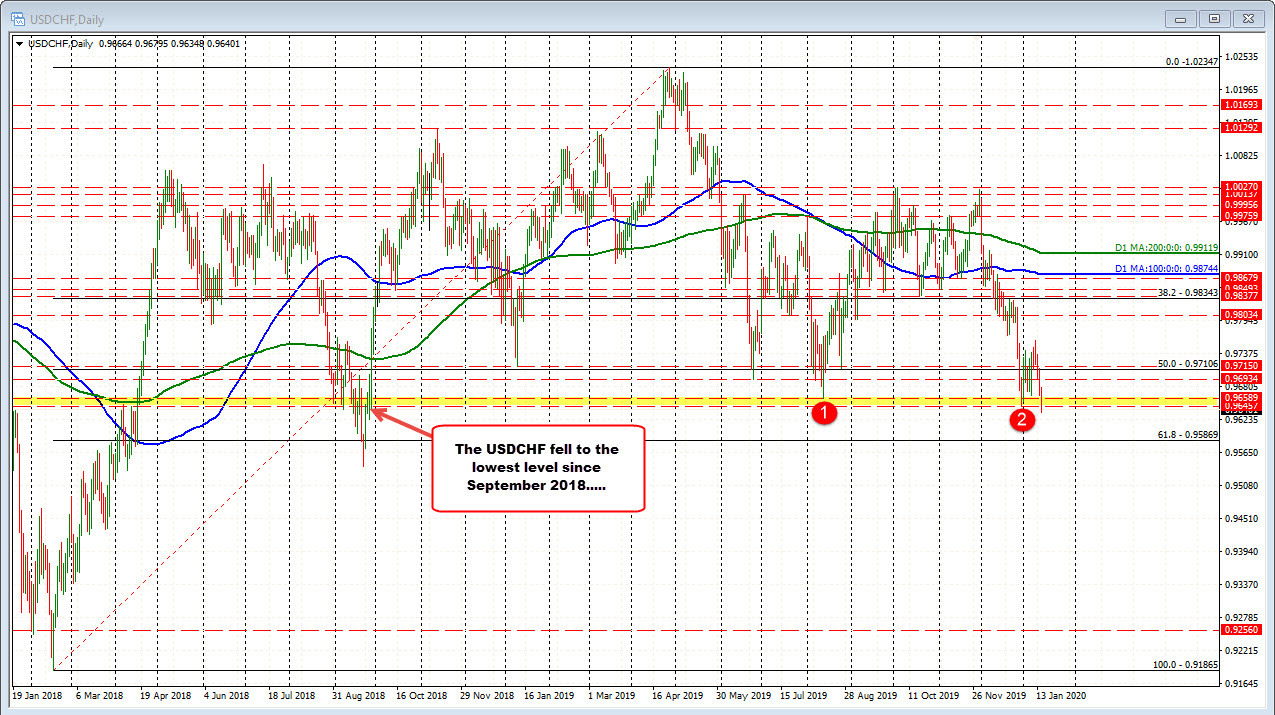For many traders emotional trading is a problem and it stops them from being consistent in the market. We see what causes emotional trading in this article and I share six steps to greatly help reduce it, or stop it entirely.
Emotions in trading have always been one of the main causes of losses, and at the same time − the main driving force for all types of money. Remember the classic idea: buyers push the price up because of greed, and sellers sell because of fear of losses?
It still works perfectly in any market.
Popular training materials on market trading almost do not pay attention to managing emotions. This is understandable: any broker is the first participant in the trading process, which is vitally interested in having you leave your deposit to the market.
That is why most newcomers, especially those who passed the super-fast and super effective training in various brokerage kitchens, remain psychologically unprepared for trading. And even good technical training will not help such players save their money.
Assessing and reacting to market risk is one of the most important things you’ll have to do as a trader. Sadly, human being as a whole are so mediocre at this task, investors and traders reliably make decisions that economists consider “irrational.”
So obviously these are commonly more referred to as emotional trading.
Six Steps to Help You Stop Emotional Trading
Financial markets are a by-product of modern era and, in the grand scheme of things, our brains have evolved over millions of years for survival out in the open. They haven’t had the time to get good at making sound and perfectly rational financial decisions.
We have brain processes; an emotional one and a logical one that are constantly competing against one another for our future expression in the market. And normally, for the trader that has little to no market experience, who trades money they can’t afford to lose, or who has a short fuse overall, the stage is set for an incident.
But also more seasoned traders tend to make emotional trading decisions that they consider stupid in hindsight. Perhaps less often than inexperienced traders do, and with minor consequences, but those errors do happen.
Many a times, although we know with the logical part of our brain that we will get better results if we follow our trading rules, so many of us do exactly the opposite, despite clear knowledge of what we should do.
We remove stops, we cut winners short, we go in with too big of a size… I mean, we’re clearly
not purely rational beings ― and we can’t be because that would make us robots, not humans.





